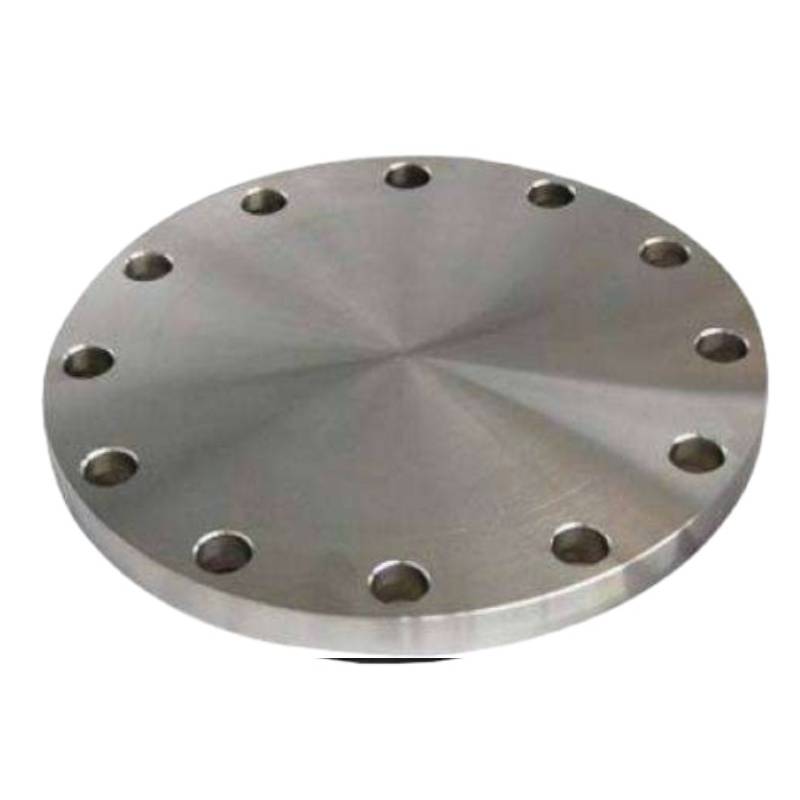-
Cangzhou Yulong Steel Co., Ltd.
-
Phone:
+86 13303177267 -
Email:
admin@ylsteelfittings.com
- English
- Arabic
- Italian
- Spanish
- Portuguese
- German
- kazakh
- Persian
- Greek
- French
- Russian
- Polish
- Thai
- Indonesian
- Vietnamese
- Zulu
- Korean
- Uzbek
- Hindi
- Serbian
- Malay
- Ukrainian
- Gujarati
- Haitian Creole
- hausa
- hawaiian
- Hebrew
- Miao
- Hungarian
- Icelandic
- igbo
- irish
- Japanese
- Javanese
- Kannada
- Khmer
- Rwandese
- Afrikaans
- Albanian
- Amharic
- Armenian
- Azerbaijani
- Basque
- Belarusian
- Bengali
- Bosnian
- Bulgarian
- Catalan
- Cebuano
- China
- China (Taiwan)
- Corsican
- Croatian
- Czech
- Danish
- Esperanto
- Estonian
- Finnish
- Frisian
- Galician
- Georgian
- Kurdish
- Kyrgyz
- Lao
- Latin
- Latvian
- Lithuanian
- Luxembourgish
- Macedonian
- Malgashi
- Malayalam
- Maltese
- Maori
- Marathi
- Mongolian
- Myanmar
- Nepali
- Norwegian
- Norwegian
- Occitan
- Pashto
- Dutch
- Punjabi
- Romanian
- Samoan
- Scottish Gaelic
- Sesotho
- Shona
- Sindhi
- Sinhala
- Slovak
- Slovenian
- Somali
- Sundanese
- Swahili
- Swedish
- Tagalog
- Tajik
- Tamil
- Tatar
- Telugu
- Turkish
- Turkmen
- Urdu
- Uighur
- Welsh
- Bantu
- Yiddish
- Yoruba

Jul . 28, 2024 05:18 Back to list
Understanding Slip-On Flanges According to EN 1092-1 Standards for Effective Pipeline Connections
Understanding Slip-On Flanges in EN 1092-1
Slip-on flanges are an essential component in various piping systems, providing a reliable method for connecting pipes, valves, and other equipment. The European Standard EN 1092-1 specifies the requirements for flanges made from different materials, including carbon steel, stainless steel, and others. This article delves into the properties, manufacturing standards, and applications of slip-on flanges in accordance with EN 1092-1.
What is a Slip-On Flange?
A slip-on flange is a type of flange that is slipped over the end of a pipe and then welded in place. This design allows for easy alignment and is suitable for various applications due to its ease of installation. The flange is typically thicker than a standard pipe wall to account for the stress concentrations that occur due to the welding process. Slip-on flanges feature a raised face or flat face that aids in creating a tight seal when mated with a gasket.
Key Advantages
1. Ease of Installation Slip-on flanges are easier to install compared to other flange types, such as weld neck flanges. This is because they do not require precise alignment during the welding process.
2. Cost-Effective Due to their simpler design and the reduced need for precise alignment, slip-on flanges can be more economical in terms of both material costs and labor.
3. Versatility These flanges can be used in various applications, from low to medium-pressure systems, making them suitable for different industries, including oil and gas, water supply, and chemical processing.
EN 1092-1 Standards
slip on flange en 1092 1

EN 1092-1 outlines various specifications for slip-on flanges, including dimensions, tolerances, and material properties. It provides guidelines regarding the design pressures, temperature ratings, and the permitted defect levels in the materials used. Notably, the standards ensure that flanges manufactured under EN 1092-1 are safe, reliable, and suitable for the intended application.
1. Materials The standard sets out a range of acceptable materials, including various grades of carbon steel and stainless steel. Each material has specific mechanical properties that determine its suitability based on the service conditions.
2. Dimensions EN 1092-1 includes a comprehensive set of measurements for different flange sizes, enabling engineers and designers to select the appropriate dimensions based on the piping system.
3. Testing and Quality Control The standard emphasizes the need for rigorous testing and quality control to ensure that flanges meet the specified performance criteria. This includes checks for dimensional accuracy, material integrity, and overall mechanical strength.
Applications
The applications for slip-on flanges are numerous and diverse. They are extensively used in the manufacturing and installation of pipes that transport liquids and gases under varying pressure conditions. Common applications include
- Water Supply Systems Slip-on flanges are prevalent in municipal and industrial water distribution systems, where ease of installation and maintenance is crucial. - Chemical Processing They are also used in the chemical industry for pipelines carrying corrosive substances, given the availability of corrosive-resistant materials approved by EN 1092-1.
- Power Generation In power plants, slip-on flanges connect various equipment components such as pumps, valves, and heat exchangers, ensuring efficient operation.
Conclusion
Slip-on flanges conforming to EN 1092-1 play a vital role in ensuring the integrity and functionality of piping systems across various industries. Their ease of installation, cost-effectiveness, and compliance with European standards make them a popular choice among engineers and fabricators. As industries continue to evolve, the demand for reliable and efficient piping solutions, exemplified by EN 1092-1 slip-on flanges, will remain paramount.
Latest news
-
ANSI 150P SS304 SO FLANGE
NewsFeb.14,2025
-
ASTM A333GR6 STEEL PIPE
NewsJan.20,2025
-
ANSI B16.5 WELDING NECK FLANGE
NewsJan.15,2026
-
ANSI B16.5 SLIP-ON FLANGE
NewsApr.19,2024
-
SABS 1123 FLANGE
NewsJan.15,2025
-
DIN86044 PLATE FLANGE
NewsApr.19,2024
-
DIN2527 BLIND FLANGE
NewsApr.12,2024
-
JIS B2311 Butt-Welding Fittings LR/SR 45°/90° /180°Seamless/Weld
NewsApr.23,2024











